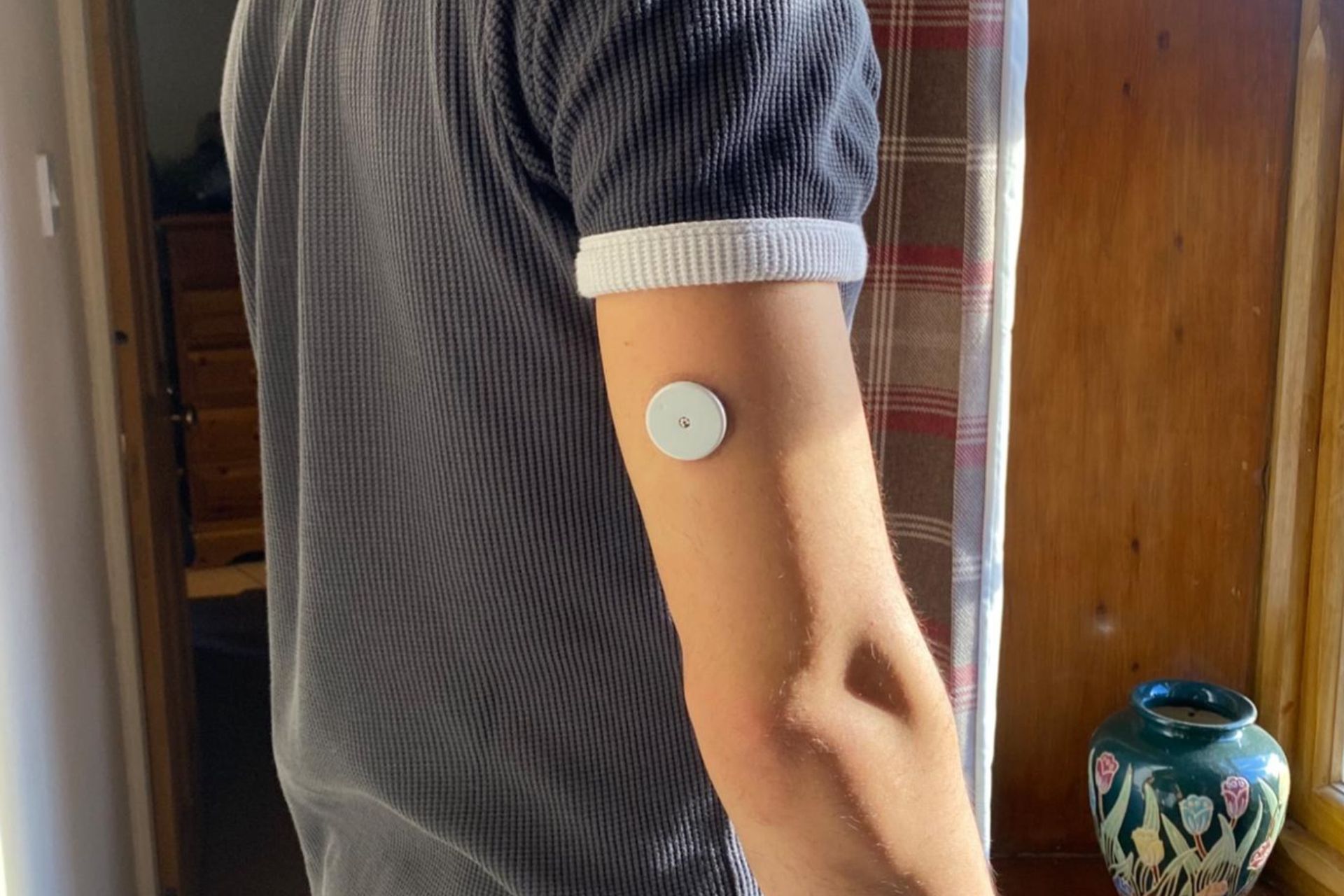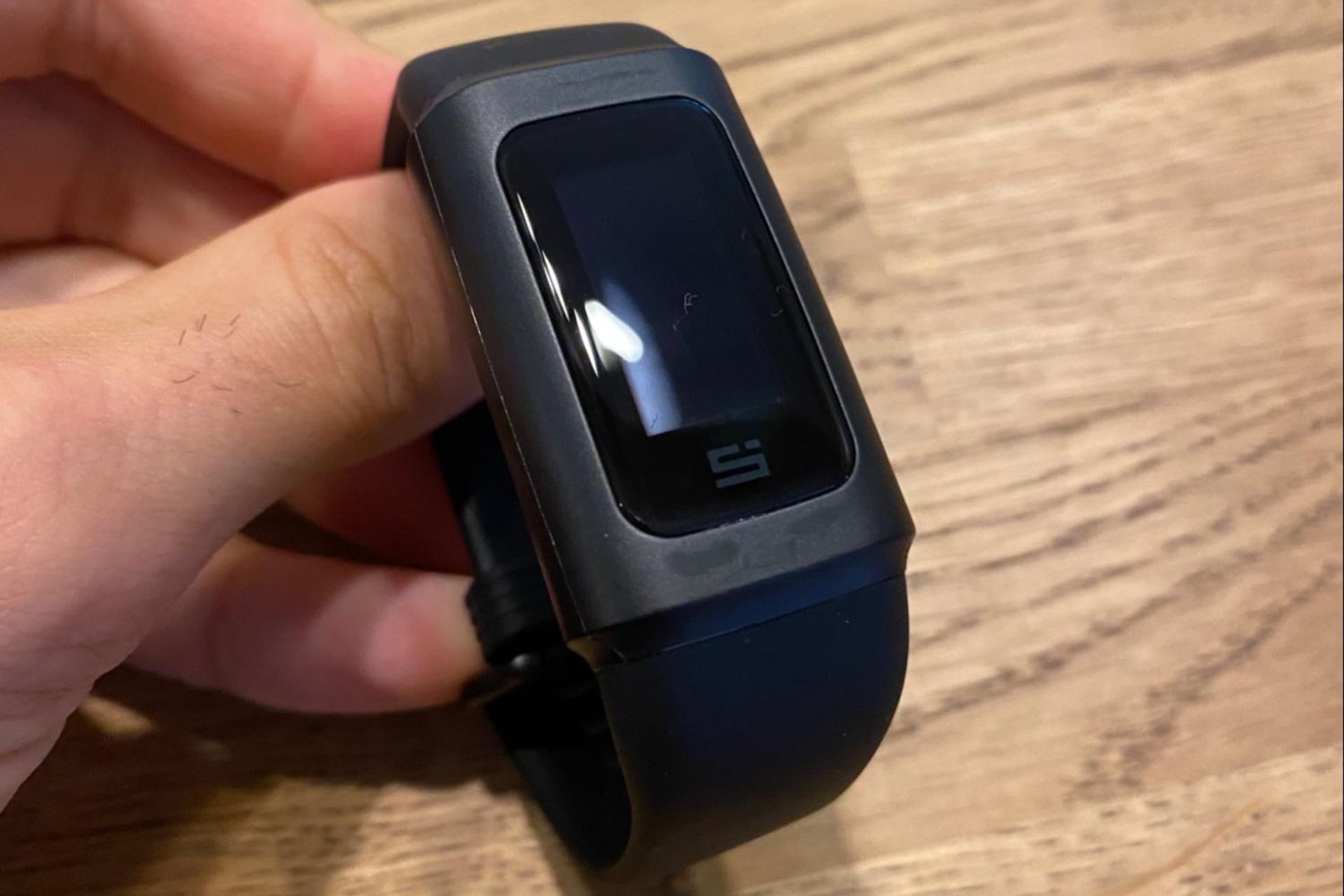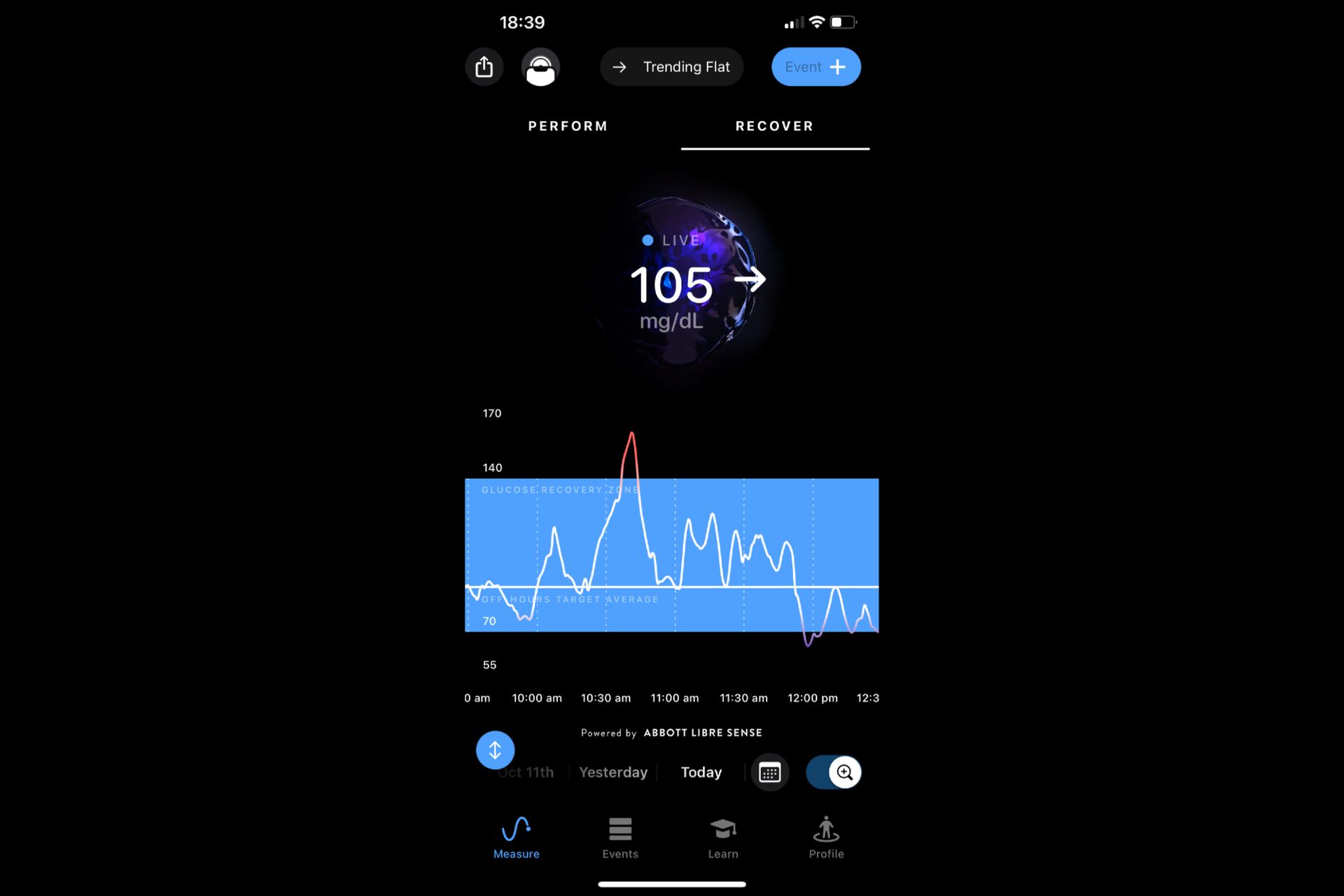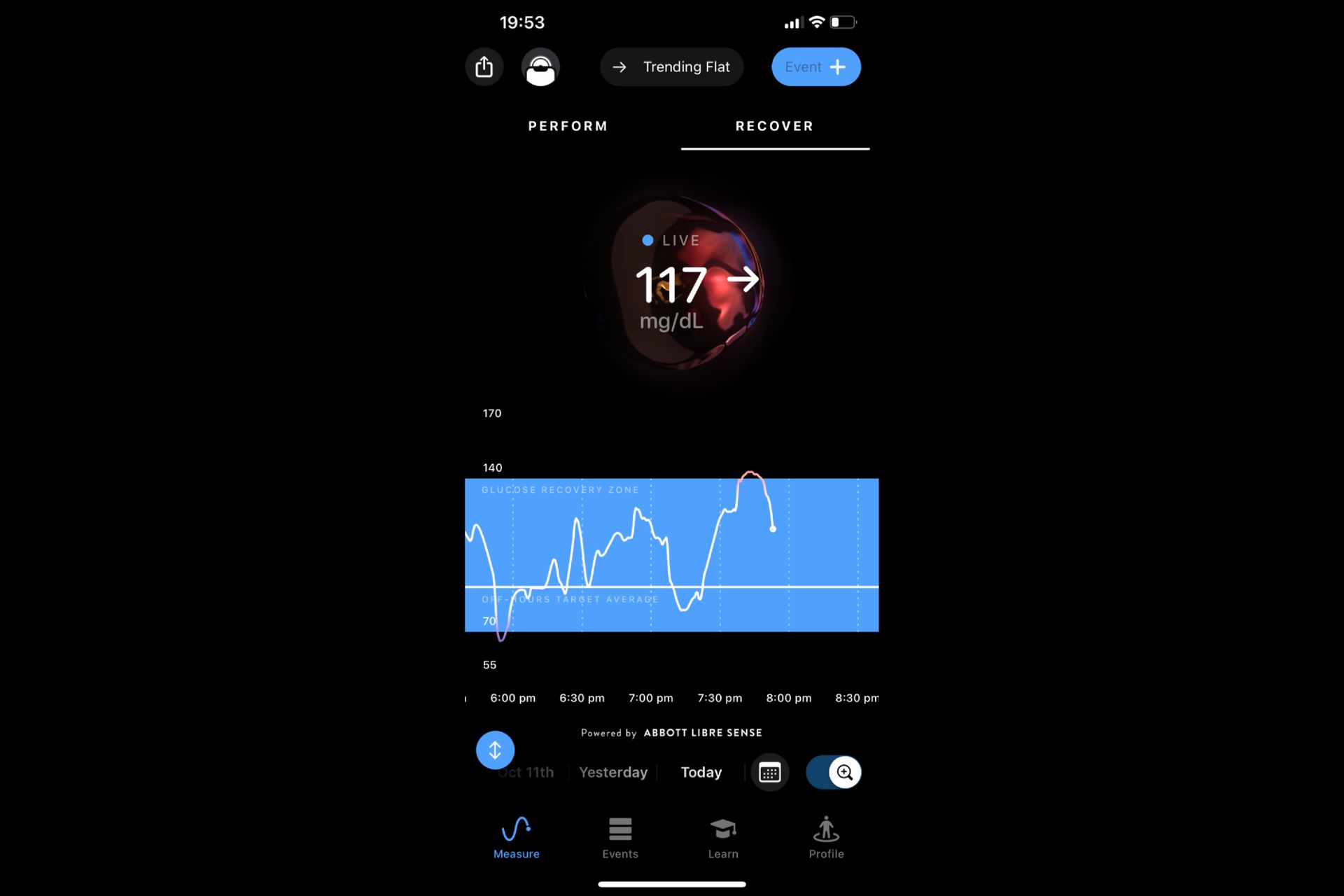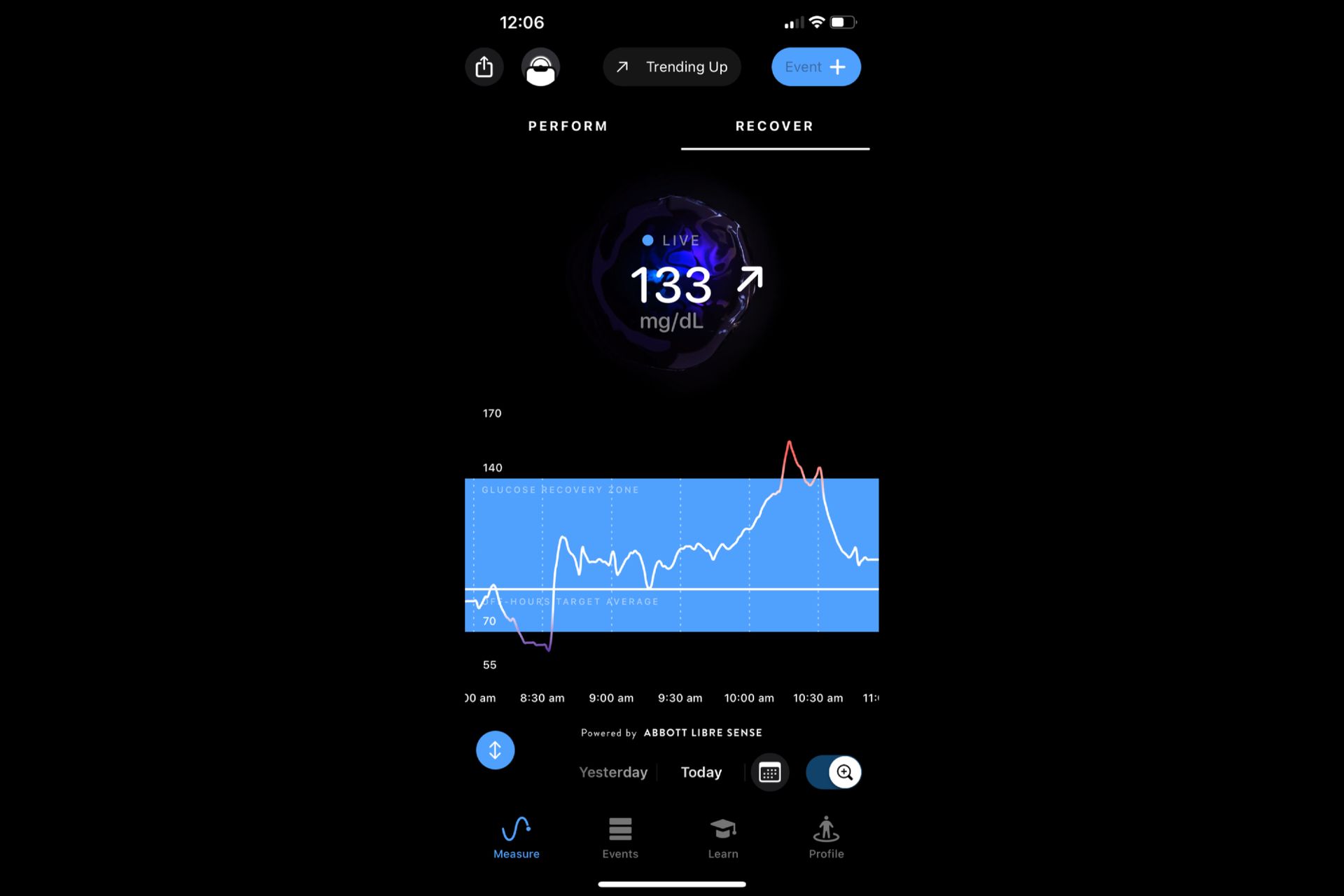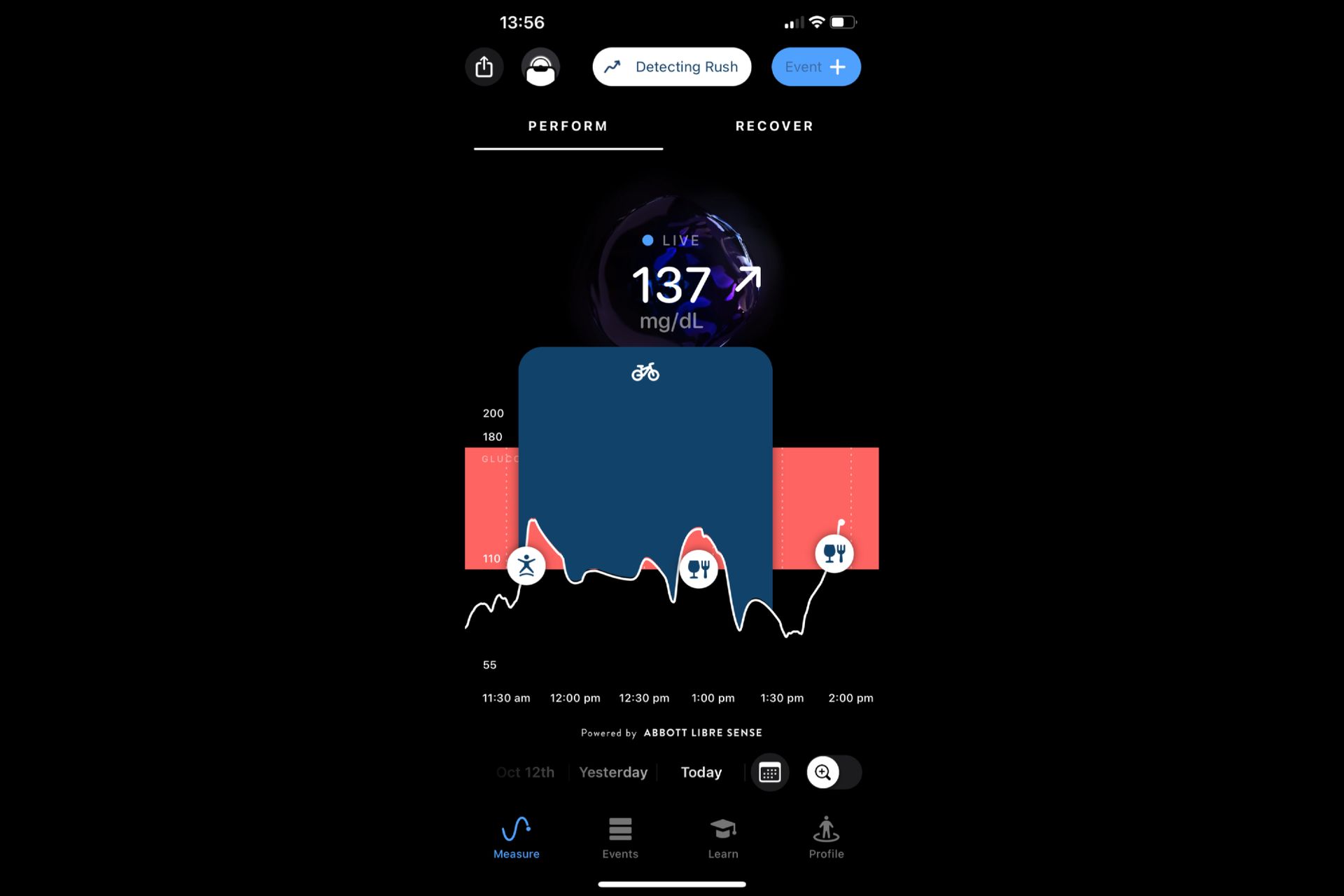Supersapiens glucose monitor review - it's cutting edge tech but just how useful is it for amateur cyclists?
For athletes wanting to get a tighter handle on their metrics, this is currently the only glucose sensor of its kind - however, there are more limitations than you might at first expect

An expensive addition to the evergrowing market of metric monitors - but this is the only one of its kind available. The accuracy of glucose monitoring during exercise is debated in the scientific literature, but there is a genuinely helpful application of using this device if you want to better understand how exercise and food consumption affect your glucose and energy levels. Best used in essential training phases in the run up to key events, and with a very helpful, insightful and user friendly app.
-
+
Helpful education videos
-
+
Emphasis on learning about the way your body/blood glucose reacts
-
+
Can improve your understanding of your body and reactions to foods and other stimulus on BG
-
+
Can be useful for in-event fuelling once you understand the correlations
-
+
Painless application
-
+
Great app
-
-
Arm measurement not necessarily comparable to full body measurement
-
-
Accuracy during exercise debated
-
-
High price
You can trust Cycling Weekly.

Supersapiens is a relatively new brand in the world of elite sport, but it has become a well-known name after appearing on the arms of World Tour teams such as Jumbo Visma, as well as top triathletes and other sportspeople.
Founded by Phil Southerland - founder of team Novo Nordisk and a Type 1 Diabetic himself - Supersapiens is associated with world class sport scientists and performance coaches, such as Kristina Skroce and Bobby Julich. The brand has worked in helping the refinement of the Abbott Libre sensors for sporting application and created an app that is filled with useful insights and information to help educate its user further in how best to use CGM and understand what the readings mean.
Supersapiens Energy Band: construction
The system uses the Abbott Libre Sense glucose monitor as the heart of its operation. This then feeds information to the application, which is where Supersapiens comes in.
On the application, this is quick, easy, intuitive, and painless. The energy band is a sweat resistant material that doesn’t rub or cause any irritation.
The ride
Application was very easy following the guidelines in the app (also on the website and on the paper instructions included). It’s also completely painless, which I’m particularly thankful for given my intense dislike of needles. The sensor sticks on easily and securly, with showers and sweaty workouts not reducing that stick at all.
The app is absolutely brilliant and very easy to navigate, it also includes a list of learning resources which you work your way through. These have a heavy emphasis on helping you to understand your own individual responses to glucose, exercise, and how that affects blood glucose (BG) levels.
This is something I love, as everybody is different and falls into different ranges. These resources will help people learn and understand more about themselves and how to interpret the data. It will, however, take a while to fully understand things such as your Glucose Performance Zone (GPZ) and what causes spikes to your blood sugar levels.
First impressions from a day of using the sensor
I fitted the sensor just as I was preparing lunch, with the sensor taking about 60 minutes to start sending readings to your phone. By this time I had eaten and there was a BG spike - which would be expected - followed by it stabilising. I did go for a walk straight after with my dog and this did cause my BG levels to drop lower, but they recovered again afterwards.
For the rest of the day whilst I worked, my BG remained fairly stable except for some high stress periods where it rose higher. It also seemed to spike after a hot shower and an exciting last 15 minutes of an episode of House of the Dragon. Interestingly, stress and anxiety can cause increased blood sugar, so this was fun to see.
Another thing I tested was a high protein and fibre dinner with not too many carbs. My BG remained stable after this until I had a chocolate biscuit later in the evening, which caused a small rise. Overnight, my BG was mostly stable with some swings and changes, particularly towards the morning when I began to wake up - which turns out to be quite common.
I can’t confirm if the readings are actually correct (accurate), but if they are reliable and repeatable then this could offer a useful way of understanding how your body reacts to different stimuli at rest, such as foods and stress.
A comment on the spike for heat after a shower, it is known that high heat and dehydrating exercise can spike blood glucose concentration due to decreased blood volume, but a five minute shower will not do this. Studies have shown that dehydration can also affect BG results for this reason. So, if you are hypoglycemic (low BG), dehydration can hide this and report a higher figure than is actually the case - something to bear in mind.
I also tried carrying the order in which I ate various food groups as part of my meals, so as to see how the sensor would react. I tend to keep my meals outside of training fairly consistent day to day which made this test rather easier. So, I continued having three eggs and two slices of toast for lunch, but I varied whether I had the bread first or the eggs.
On days when I had the bread first, my blood sugar spiked and then dipped a little before returning to normal. When I had the egg first, my blood sugar went up, but more slowly and more controlled - and then stabilised far quicker without the drop.
This was also noticeable energy-wise and is why when I normally have this meal I eat the eggs first followed by the bread. But it was nice to see that the sensor correlated with perception and the literature appears to support it.
Fasted exercise
I tried doing some pre-breakfast low intensity exercise, normally walking the dog, to see how this would affect my BG. Readings remained stable with no significant variation or spikes, which follows closely what the literature would suggest.
If I had, say, started jogging, it’s likely there would have been a BG spike due to release of glucose from the liver. This would then be followed by a low as the muscles took it up, and then a continuous low and a tired sensation. After the walk, I ate a mix of carbs and protein which caused a small spike in my BG, but nothing much.
Gym
I sipped on a protein/carb drink during this and, even though the exercise was intermittent and high intensity, there weren’t spikes and troughs in my BG. I have to say, I’m finding the Supersapiens really useful for seeing what fueling strategies work for me. Although I can tell what works without the sensor, it is interesting to see measurements which support my internal feelings and RPE.
HIIT
I did a very hilly road ride where I pushed on up the climbs a fair bit. The initial reaction of my BG was to increase as the muscles required it and the liver released it. After that my BG stabilised - so long as I kept topping up the fuel. Basically, as you introduce glucose, the muscles take it up so that you don’t get wild swings in BG readings.
However, I didn’t eat enough. I had a bar which did increase my BG, but then did a few surges up a climb which then dropped it like a stone and I got that chilling sensation when ‘the wall’ is about to be hit. Lo and behold, I hit the wall hard and had to crawl back home. I wasn’t checking readings while I was riding, but it does raise an interesting point that if I had been looking at this, could I have saved myself from blowing up if I had consumed more fuel after seeing that my BG was decreasing?
It is worth noting that the accuracy of CGM readings during exercise is something that is currently being debated. Although the Libre Sense sensor has a very good MARD score (the reading for accuracy of glucose monitors, lower is better), a study by Moser et al., 2019 found that during exercise the accuracy of CGMs (including the FreeStyle Libre System [not specified which exact sensor]) decreased significantly - a finding which is supported by Muñoz Fabra et al., 2021.
I have heard a mixed reception from researchers studying the accuracy of CGMs during exercise - some are dubious and others say it is very useful. There are more peer reviewed papers being conducted currently on the Supersapiens sensor specifically, and these will be available in the near future, bringing more information on the device to the light as this is an area that requires more research and testing.
Another concern I have heard from researchers on this topic is that taking glucose readings from different areas of the body will likely be different at different times. However, the sensor is still practical so long as it is consistent, beacuse you can then attribute certain sensations or occurrences with specific glucose readings.
Another element that has been found to affect glucose readings is dehydration. As we get dehydrated, the percentage of fluid in the interstitial fluid decreases compared to the molecules within it - so the glucose readings will be proportionally higher. However, this is actually a useful benefit of the sensor, as it can be used to determine if we are dehydrated, we just need to fine tune our own perception of internal feelings to get an idea of if the reading is dehydration or high overall glucose levels.
So, there is use for the sensor in terms of correlation of the figures in relation to how you feel and how you perform. For example, if you know that a drop during exercise signals the onset of blowing up, being able to catch this before it’s too late and top up your glucose in good time will prevent it from happening.
From my time using the sensor, I can confirm that when I felt ‘low’ or lethargic - or if I woke up a bit hungry - my glucose was always in the hypoglycemic levels and would slowly drop before falling off a cliff. Knowing this, I have been able to prevent hypos from happening by topping up with a bit of food in advance.
A neat feature to get more out of your CGM readings is that if you have a TrainingPeaks Premium account, you can connect that with the Supersapiens desktop viewer to see your heart rate, power, and glucose all together to get a better insight of how the metrics interact.
The Energy Band
I found the energy band useful to use as it displays the real time glucose readings without having to open your phone and the app. It’s also very useful for exercise as you can easily start an activity and end it using the app. Another useful feature is that you can add flags, either to signal the start of an interval or when you consumed some food like a gel.
This allows you to easily analyse, post activity, how your blood glucose reacted to glucose consumption or change of intensity. Battery life was around 2 days and I did stop using it after a while - mainly because I linked my Wahoo Elemnt Bolt V2 to give blood glucose readings. Annoyingly, you can’t have the energy band and the Bolt paired at the same time.
Removing the sensor
The sensor lasted the whole 14 days and, even with the sticky surround showing some signs of wear, it never detached. There was a little skin irritation on the site of the sensor, but nothing that itched or persisted. For those who swim or are perhaps training in warm weather and sweat more, there are performance patches which last around a week to help keep the sensor even more secure.
Value
This is a difficult one, because as far as I’m aware there are no alternative blood glucose monitors for athletic performance tracking available. There are other CGMs and apps, but of those that use an Abbott device, all of these use the Abbott Freestyle Libre 2 sensor.
Dexcom offers a variety of sensors with the main use being for diabetics, but they have branched out to helping people with diabetes understand more about their blood glucose levels.
The sensors themselves are £150 for 2 sensors and 4 patches to last you a month. The Energy Band is an additional £159. Currently it is not available in the US as a sporting device. The price does come down when additional sensors are purchased for a longer period of time and, with them not being allowed to be used in races, you can get them specifically for a training period leading up to a key event.
Conclusion
There are genuine applications for this device, and it can be a very helpful tool for learning how your body reacts to different exercise stimuli and food consumption. For example, I can see that eating the protein/fat/fibre of my meal first before carbohydrates does decrease blood glucose spikes and keeps it stable for longer. And this correlates with me feeling stable in terms of my energy levels for longer. When I eat the carbs first, blood glucose spikes and my energy levels feel less stable. It has also correlated with when I’ve blown up on the bike and BG has dropped as well.
For those who could stand to gain from learning more about how their body reacts to glucose and exercise, it is the only one of its kind and very useful. I have reservations about how accurate the device is during exercise, or when dehydrated - or taking readings from the arm rather than the leg - but there is still a genuine application for this for athletes and if you feel the cost is worth it, then it’s a helpful device.
References
- Moser, O., Eckstein, M. L., McCarthy, O., Deere, R., Pitt, J., Williams, D. M., ... & Bracken, R. M. (2019). Performance of the Freestyle Libre flash glucose monitoring (flash GM) system in individuals with type 1 diabetes: A secondary outcome analysis of a randomized crossover trial. Diabetes, Obesity and Metabolism, 21(11), 2505-2512.
- Muñoz Fabra, E., Díez, J. L., Bondia, J., & Laguna Sanz, A. J. (2021). A comprehensive review of continuous glucose monitoring accuracy during exercise periods. Sensors, 21(2), 479.

Thank you for reading 20 articles this month* Join now for unlimited access
Enjoy your first month for just £1 / $1 / €1
*Read 5 free articles per month without a subscription

Join now for unlimited access
Try first month for just £1 / $1 / €1
Get The Leadout Newsletter
The latest race content, interviews, features, reviews and expert buying guides, direct to your inbox!
Andy is a Sport & Exercise Scientist, fully qualified and experienced cycling coach, personal trainer and gym instructor. He spent 3 years on the road riding for a UCI cycling team and 7 years as a BC Elite rider.
After graduating in 2020 with first-class honours in his Sport & Exercise Sciences BSc, he continued to pursue his interest in research in the field of sport science alongside setting up his coaching business, ATP Performance, and working for USA-based firm, Wahoo Sports Science. He balanced this with racing at international level, competing in prestigious events such as the Tour of Britain and the Volta a Portugal.
-
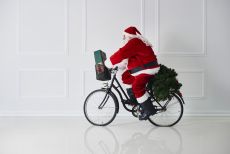 I've received some terrible cycling-themed Christmas presents over the years - and I treasure them all
I've received some terrible cycling-themed Christmas presents over the years - and I treasure them allEach bike-patterned gift is a reminder that we cyclists stand for something
By Tom Davidson Published
-
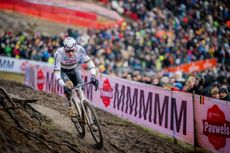 Is Mathieu van der Poel winning races “in zone 2” helping or hindering cyclo-cross?
Is Mathieu van der Poel winning races “in zone 2” helping or hindering cyclo-cross?The Dutch world champion has turned up off-road now, and immediately won twice. Is this fun?
By Adam Becket Published
-
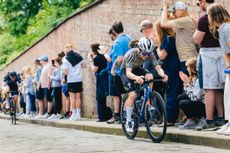 Tom Pidcock joined by brother Joe at Q36.5 Pro Cycling as team finalised for 2025
Tom Pidcock joined by brother Joe at Q36.5 Pro Cycling as team finalised for 2025Pidcock's coach Kurt Bogaerts also confirmed as team's head of technical performance
By Adam Becket Published
